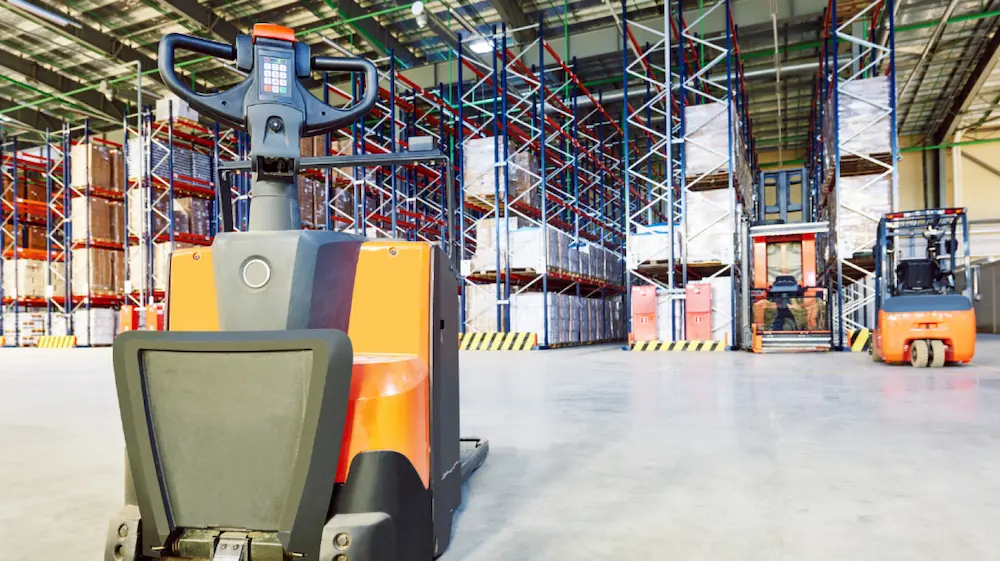New updates to the ADR regulations are now available on the website of the transport department.
Specifically, the new regulation is published in edition No. 88 of 13 April 2021 of the BOE.
At BDtrans we are specialised in the industrial transport of dangerous goods, so we also keep abreast of everything that has to do with this regulation.
But before we tell you what’s new, let’s put it in context.
What is ADR regulation
ADR is the European Agreement concerning the International Carriage of Dangerous Goods by Road. This agreement was drafted in Geneva in 1957 and did not enter into force until 1968, more than 10 years later.
How this Agreement is structured
This document is composed of 17 articles and two annexes (A and B).
- Annex A: covers everything that has to do with the actions to be carried out before the goods are transported. This means classification of the goods, choice of containers used, documentation to be filled in, pre-departure checks, etc.
- Annex B: This covers actions while the vehicle is in motion. Driving, equipment and driver choice are some of the topics covered in this annex.
With this you can get a general idea of the regulations of this regulation.
How often are ADR regulations updated?
The annexes shown above are updated through amendments that are carried out every two years.
The previous amendment to ADR 2021 was ADR 2019.
The ADR 2021 is the same text as the ADR 2019 with new amendments adopted, which we are going to tell you about below.
The main modifications of the ADR 2021
These updates entered into force on 1 January 2021, and their application will be mandatory as of 1 July 2021.
Among its main novelties are the following:
- In ADR 2021, the unloader will also have to submit the Dangerous Goods accident report.. Previously, only the shipper, the filler, the carrier and the consignee had to present it.
- A new paragraph is included with a new definition of «medical or clinical waste», which according to the text is “waste arising from veterinary treatment of animals, medical treatment of humans, or biological research”. The UN to which this waste is allocated depending on the category is emphasised.
- The number 836 has been added for hazard identification on the orange panels, which corresponds to “corrosive or weakly corrosive and flammable (flash point 23°C to 60°C, including limit values) and toxic material”.
- It is clarified that the tank loader or filler is responsible for respecting the degree of filling.
- The marking for lithium batteries is reduced to 100 x 100 mm.. And if required by the size of the package, the dimensions may be reduced up to 100 mm wide x 17 mm high.
- The quantity transported must be expressed in volume in the consignment note.
- Previously it was only mandatory for tank containers to indicate on the consignment note the date of the end of the actual retention time. It is now also mandatory for portable tanks for refrigerated liquefied gases.
- The consignment note must indicate the total quantity of each dangerous good that has: a UN number, a proper shipping name or a different packing group.
These are some of the new developments that you can consult in the BOE mentioned above.
Need help?
SIf you have any questions regarding the new ADR 2021 regulations, we can help you by putting you in touch with our safety advisors.
BDtrans will be happy to help you and answer any queries you may have in order to keep you up to date with legal updates.

